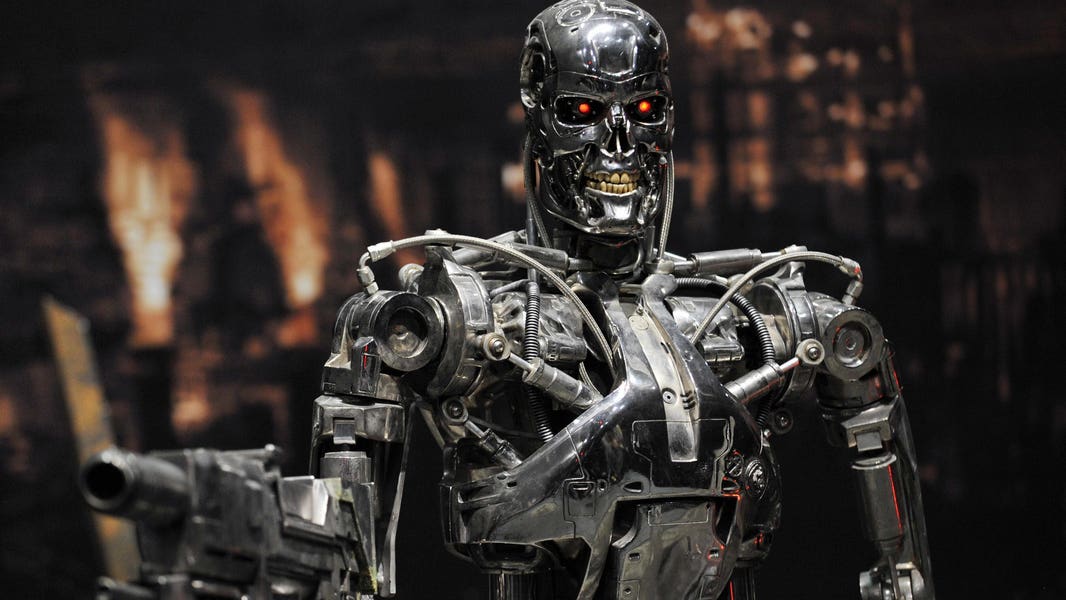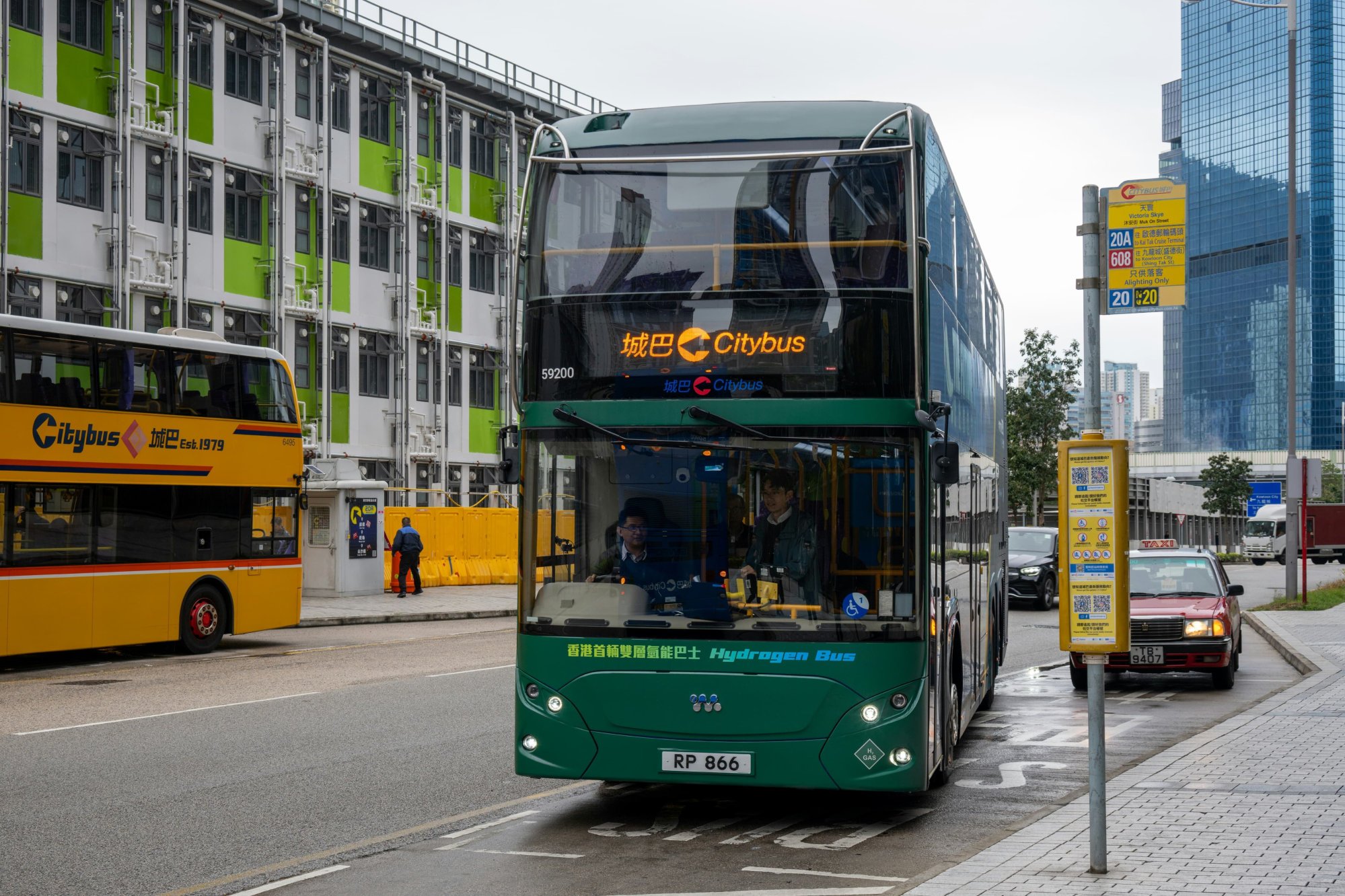In popular culture, futuristic storylines often depict a scenario where machines replace human workers, sparking concerns about AI dominance in the workforce and its potential impact on society and the economy. Movies like “The Terminator” and “Blade Runner” portray a future where AI-driven automation leads to mass job loss and societal unrest, reflecting deep-seated anxieties about technological progress and its implications for employment.
A recent study conducted by the Massachusetts Institute of Technology (MIT) and IBM Institute for Business Value delves into the role of AI in automating tasks currently performed by human workers. Titled “Which Tasks are Cost-Effective to Manage With Computer Vision,” the research challenges existing beliefs about AI’s economic influence, particularly in the realm of computer vision.
The study highlights that while concerns about job displacement due to automation and the impact of AI on the labor market are prevalent in today’s fast-paced technological landscape, the widespread implementation of AI in tasks requiring machine vision may not be financially viable at present. Only around 23% of wages associated with vision-related jobs are deemed economically feasible for automation, suggesting a more gradual integration of AI into workplaces.
A key distinction emphasized by the researchers is the difference between full process automation and partial automation. While AI can enhance efficiency in certain roles, the economic feasibility of automation must be carefully considered. Factors such as the initial costs of AI systems, especially for small businesses, and the cost-effectiveness of tasks like visually assessing product quality in a small setting play a significant role in the decision-making process.
Neil Thompson, a lead analyst at MIT CSAIL, underscores the importance of considering the economic implications of deploying AI in businesses. By factoring in the costs associated with AI implementation, the study reveals that many tasks previously considered for automation may not be financially attractive in the short term, shifting the focus from technical feasibility to economic viability.
Furthermore, the research explores how advancements in AI technology and reductions in system costs could accelerate the pace of AI adoption. Small businesses stand to benefit from more accessible AI solutions that do not require extensive internal resources. Real-world examples like NavTech’s AI-powered diamond categorization app and Nvidia’s AI program for autonomous vehicles demonstrate the practical applications of AI in diverse industries.
Thompson also points out two key trends that may influence the future rate of AI adoption: cost efficiencies in AI deployment and the emergence of AI-as-a-service platforms catering to a broader customer base. These developments are expected to drive the adoption of AI technologies across various sectors, paving the way for enhanced efficiency and productivity.
As society navigates the financial implications of AI integration, considerations such as legislative frameworks, workforce upskilling, and retraining become crucial. The evolving job landscape will likely see a rise in roles focused on managing and enhancing AI systems, alongside positions that require uniquely human skills that remain essential even in an automated environment.
In conclusion, the MIT study provides valuable insights into the impact of AI on the labor market, offering guidance for policymakers, businesses, and employees as they navigate the complexities of AI integration. By examining the technological, economic, and cultural aspects of AI implementation, this research serves as a roadmap for future analysis and policy development in an era where AI continues to reshape industries.










